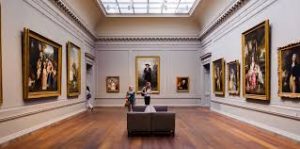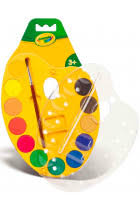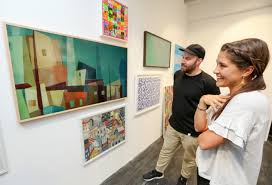characterized
PRINT. CLASSIFICATION AND VARIETIES (part 1)
 An engraving (from French estampe) is a generalized name for works of printed graphics, which is an engraving or any other print on paper from a printing form.
An engraving (from French estampe) is a generalized name for works of printed graphics, which is an engraving or any other print on paper from a printing form.
There are four types of prints: high (convex) printing, flat printing, intaglio printing and screen printing. Convex printing includes woodcut, linocut and cardboard engraving. For flat printing – lithography with all its varieties and monotype. Intaglio printing: etching, engraving, mezzo-tinto, dotted line, dry needle, aquatint, reserve, lavis, soft varnish, pencil style. Screen printing – silk screen printing.
Let us consider in more detail the main print techniques in chronological order. Continue reading
absolutely
movements
selection
troubles
educational
Museum
background
school
manufacture
artists
emergence
soldiers
again left
members
canvas
distinguished
arrogance
sepia
creation
documentary
photography
community
returned
period
snowflakes
combination
characteristic
density
workshop
phenomenon
technologies
milestone
landscape
development
ideological
transmitted
student
festivals
harmony
number
enthusiasm
performance
reproduction
resistant
landscapes
modest
province
decorative
minerals
subsequent
traditions
composition
institution
various
watercolors
available
contact
communal
professional
sixties
finally
unshakable
until
different
technique
musician




